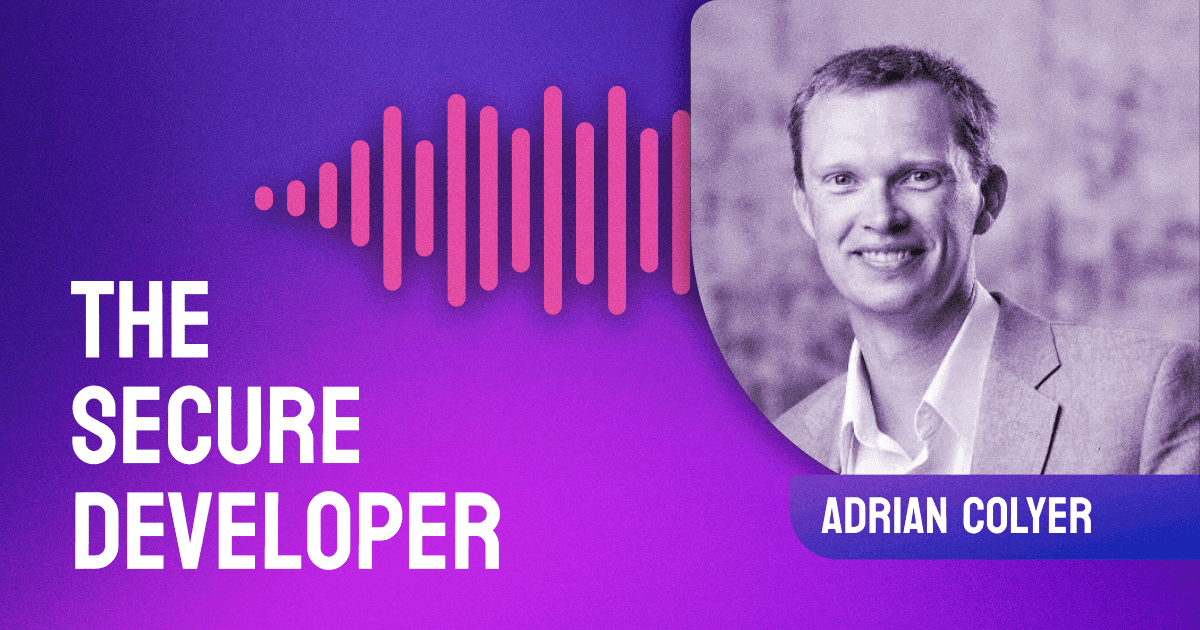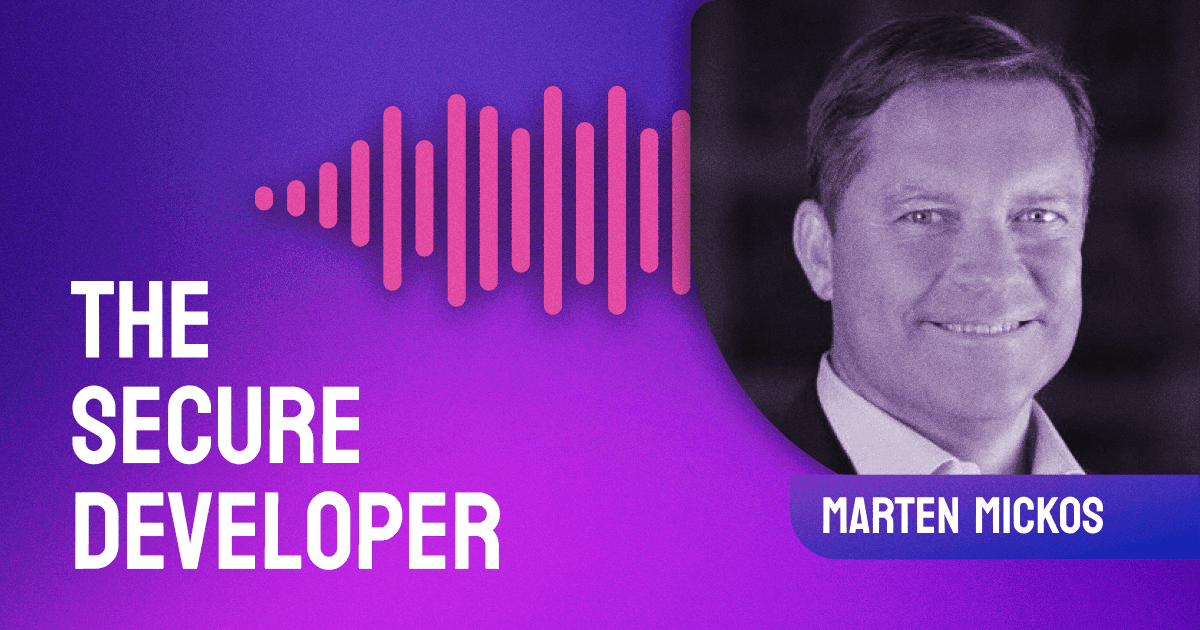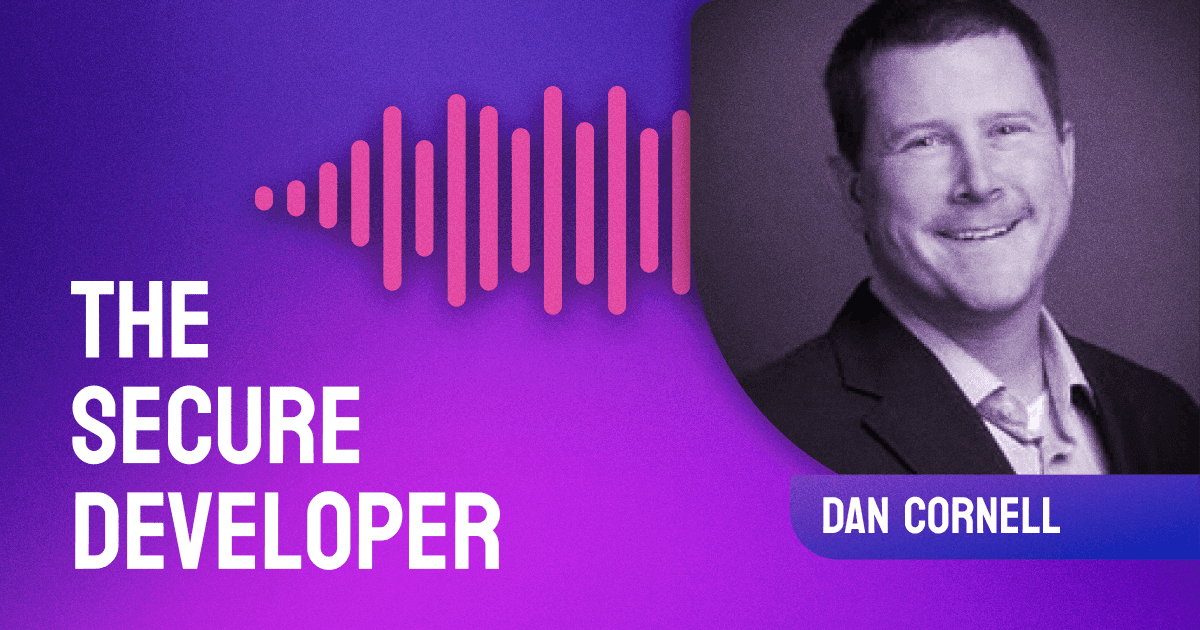In episode 16 of The Secure Developer, Guy is joined by Masha Sedova, co-founder of Elevate Security, to discuss how training for employees (even developers) can help companies stay one step ahead of the pack when it comes to preventing a breach.
The post Ep. #16, Security Training with Elevate’s Masha Sedova appeared first on Heavybit.





